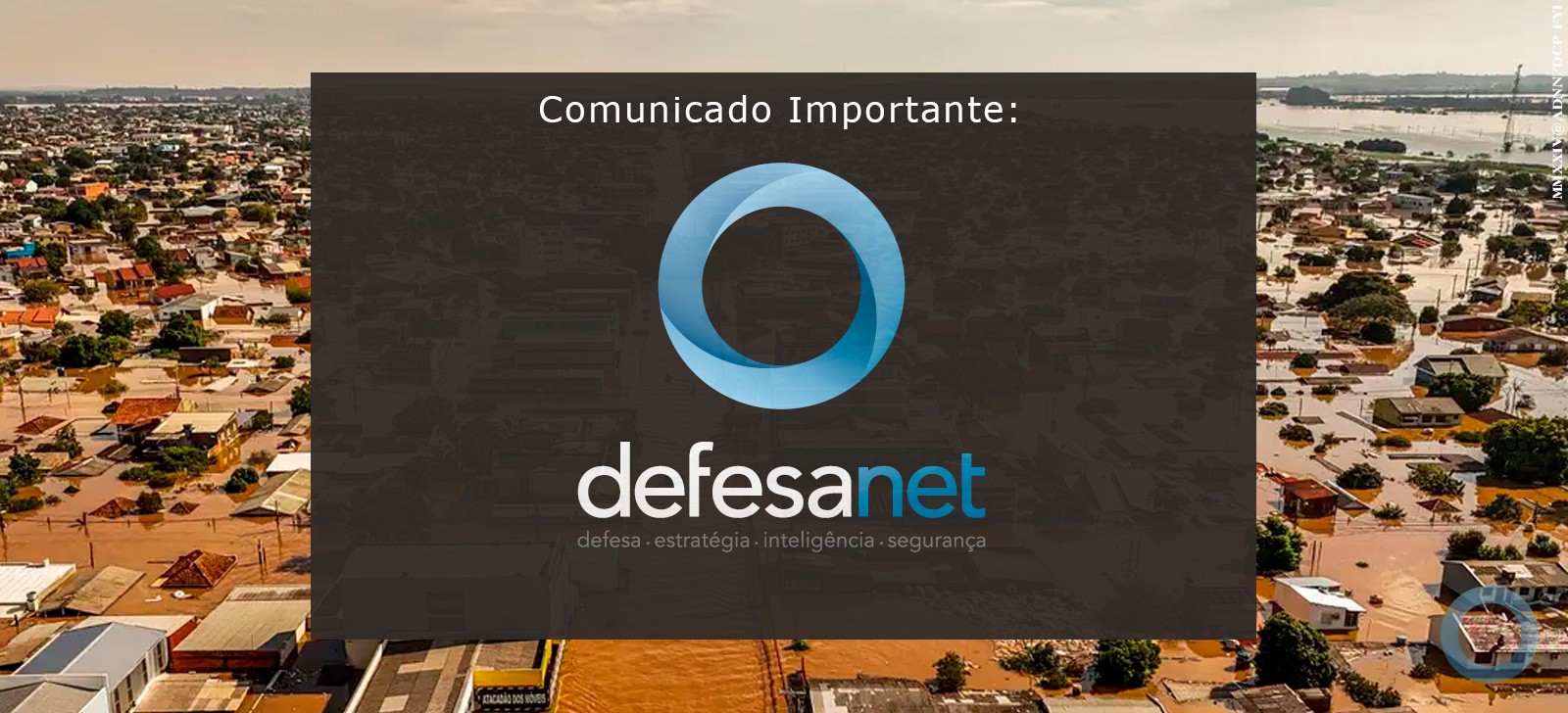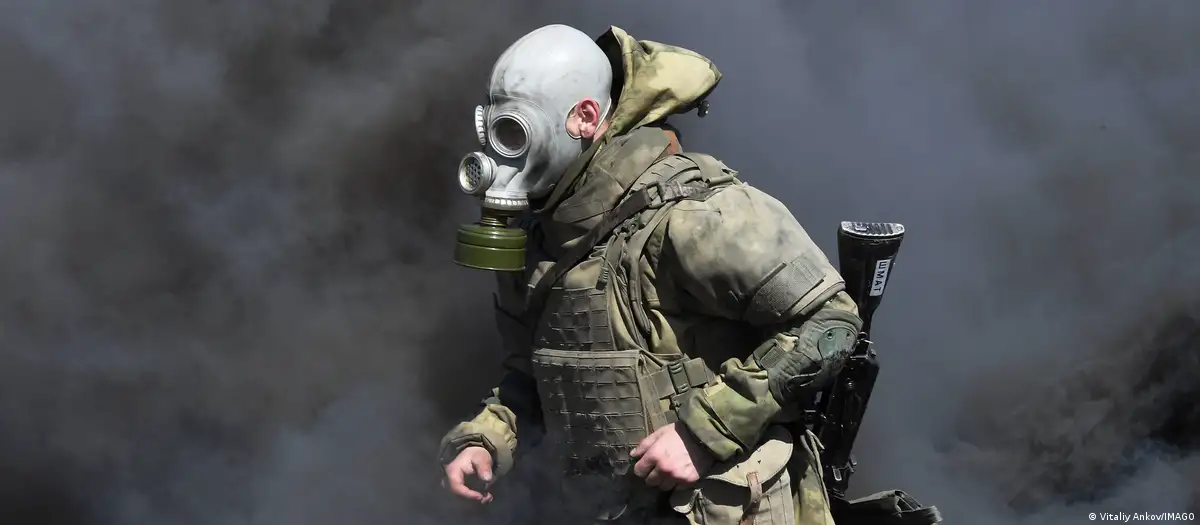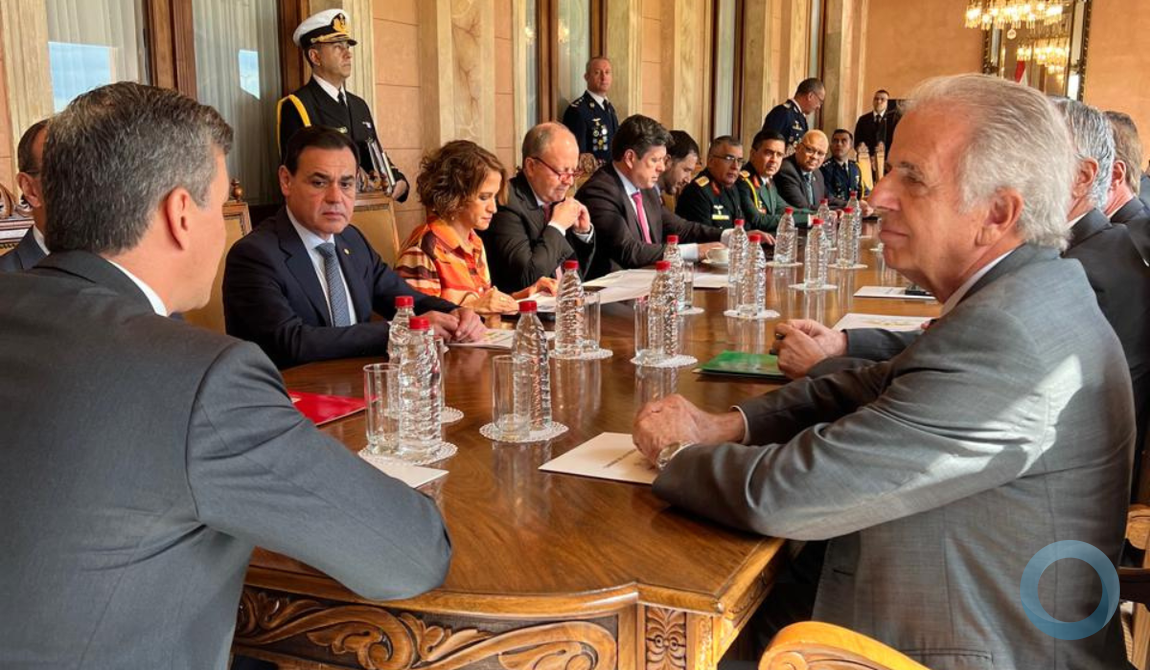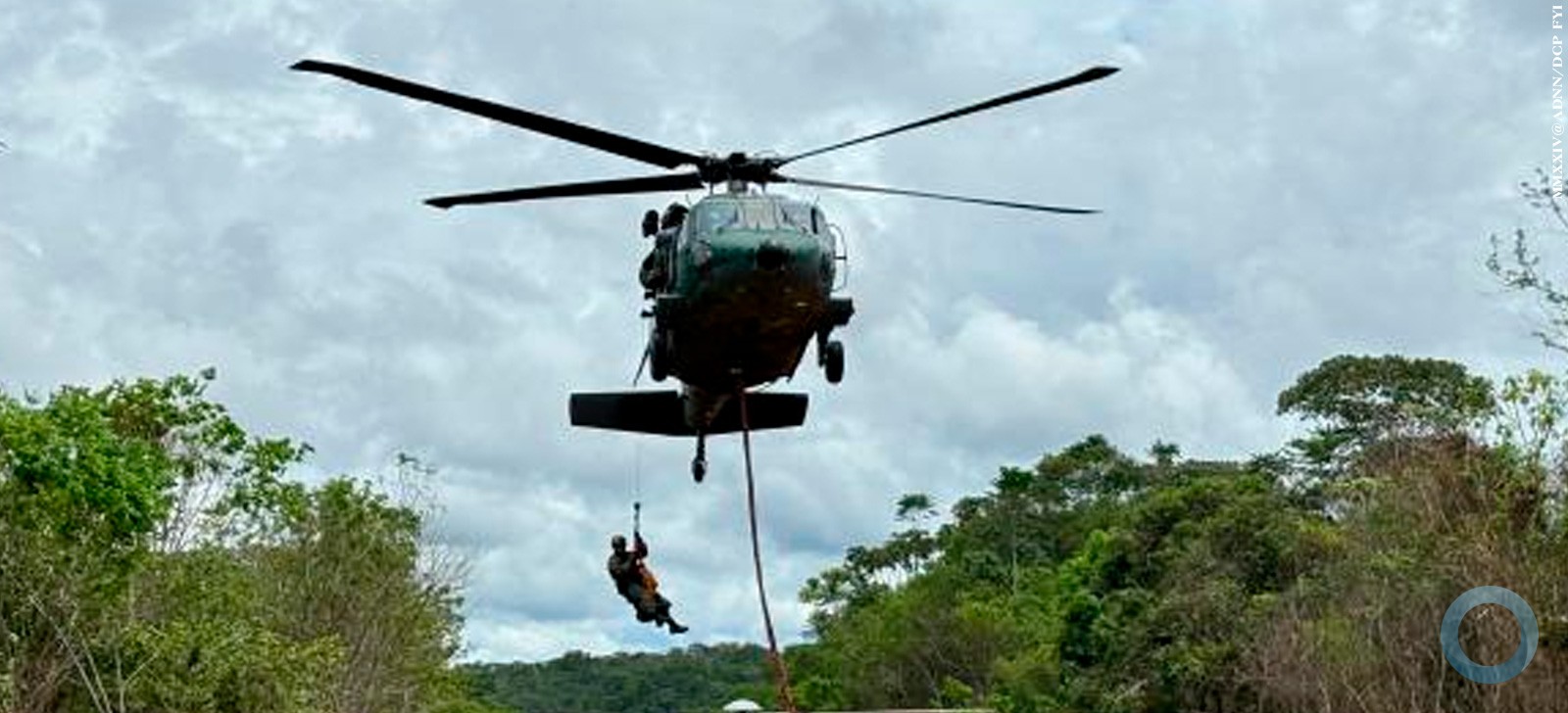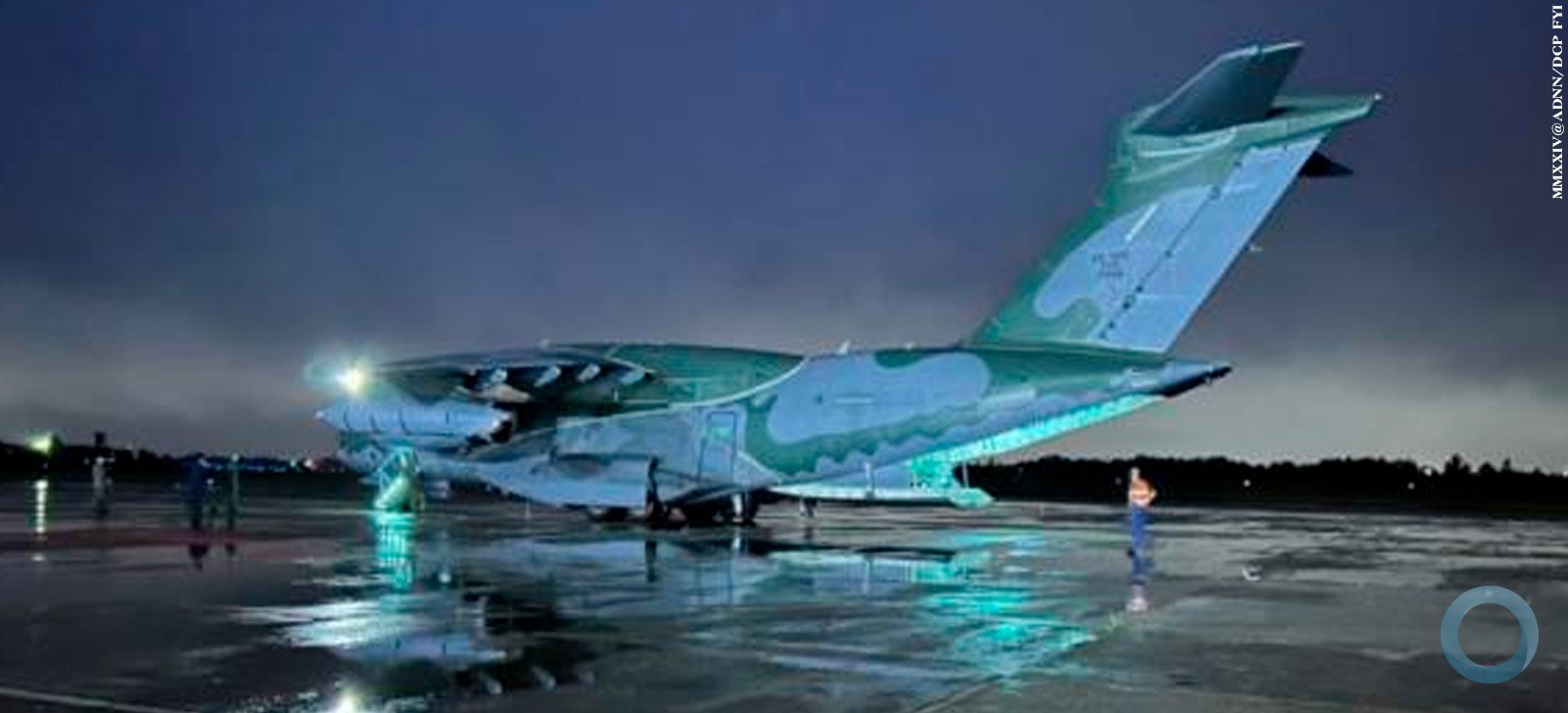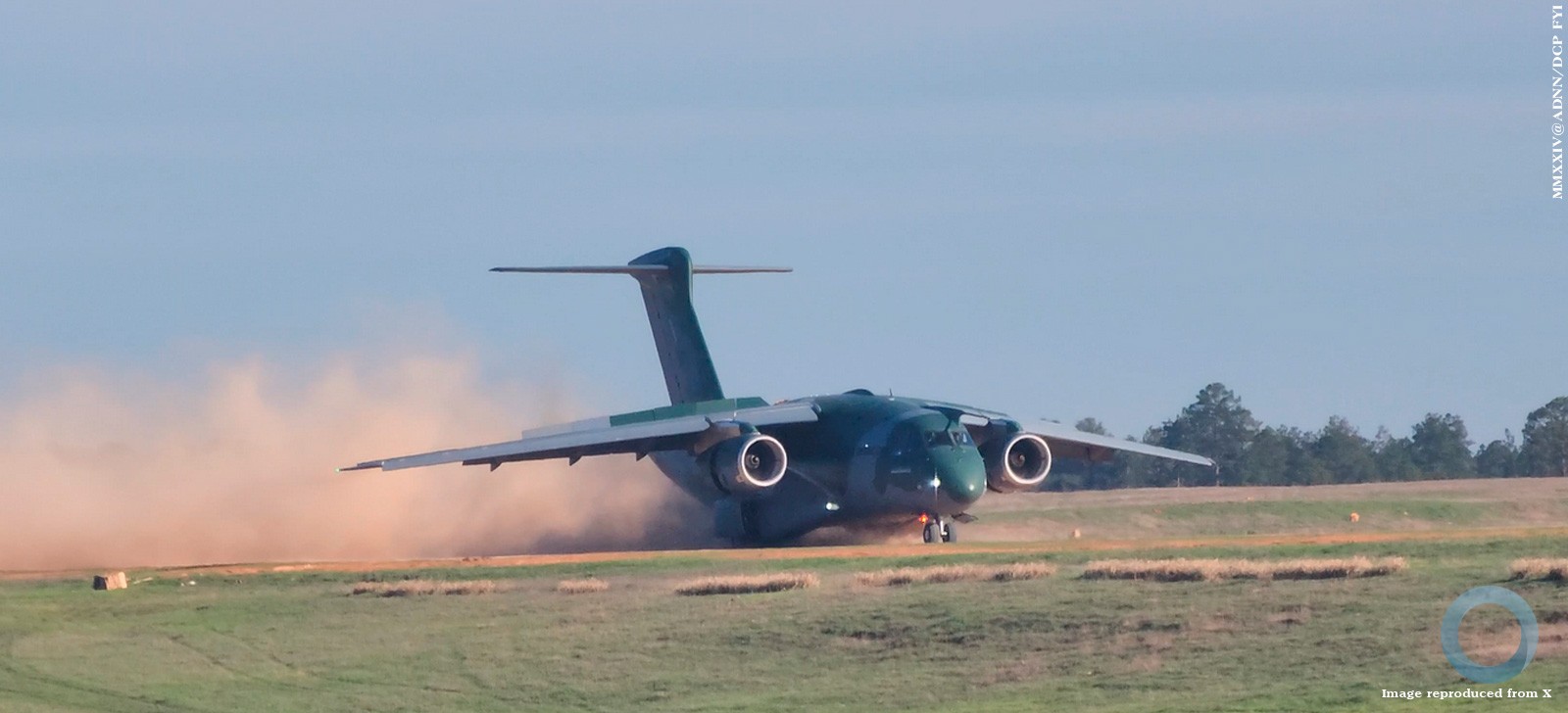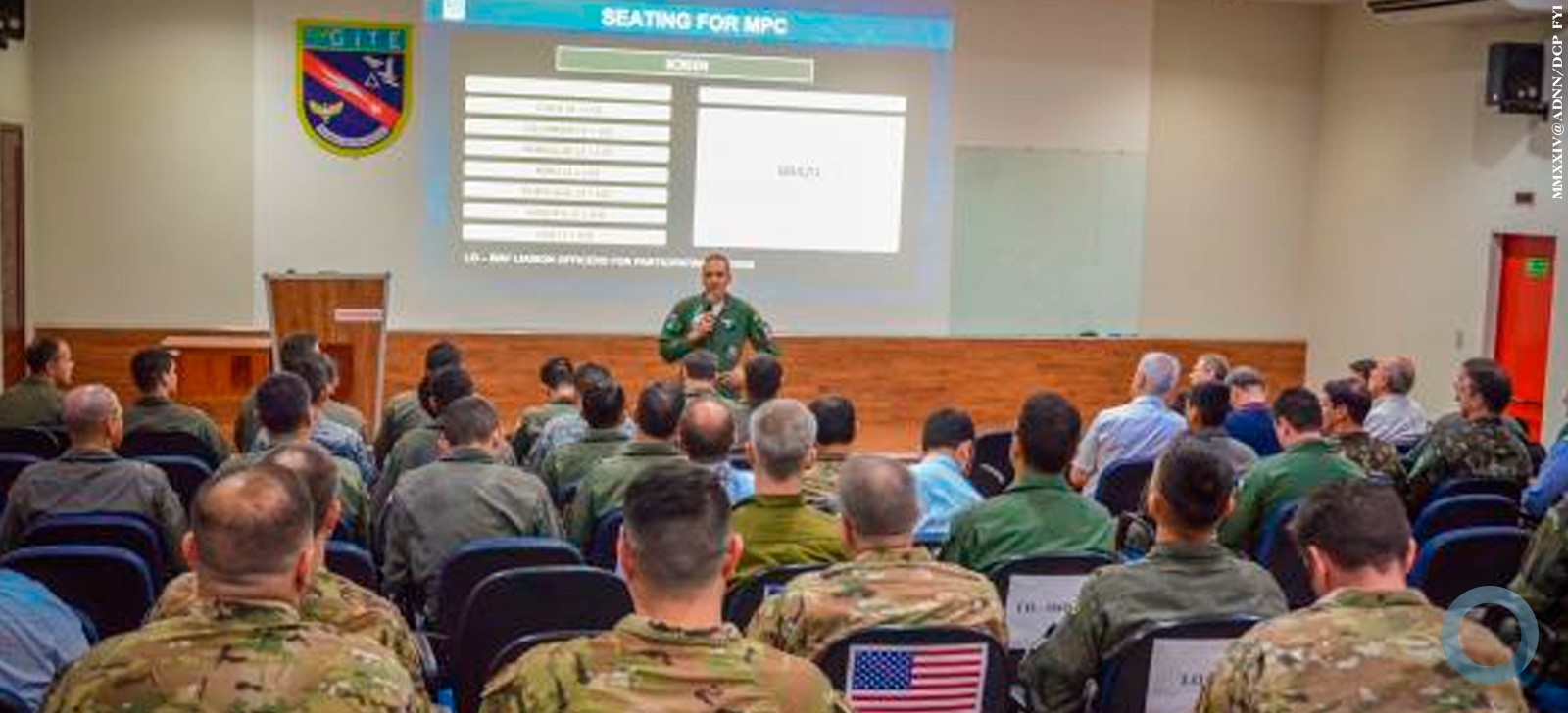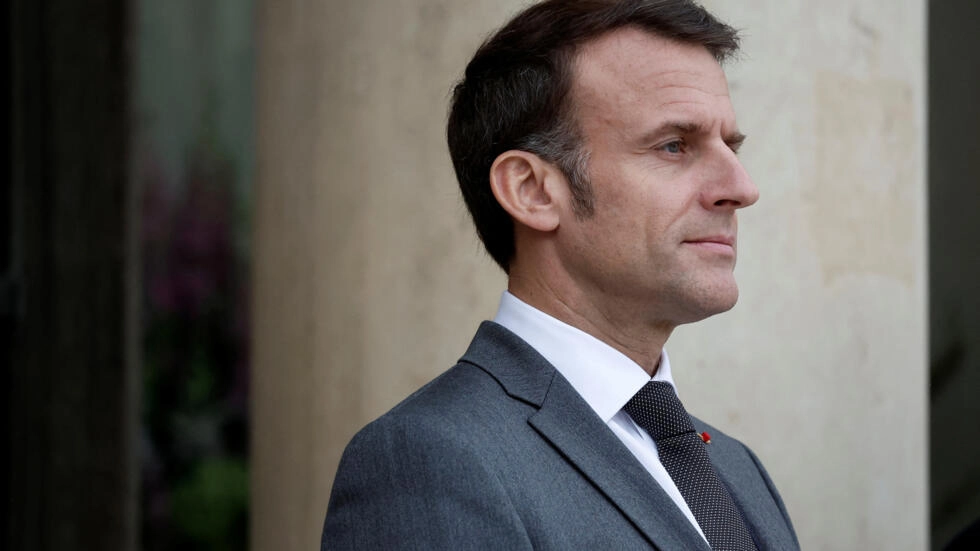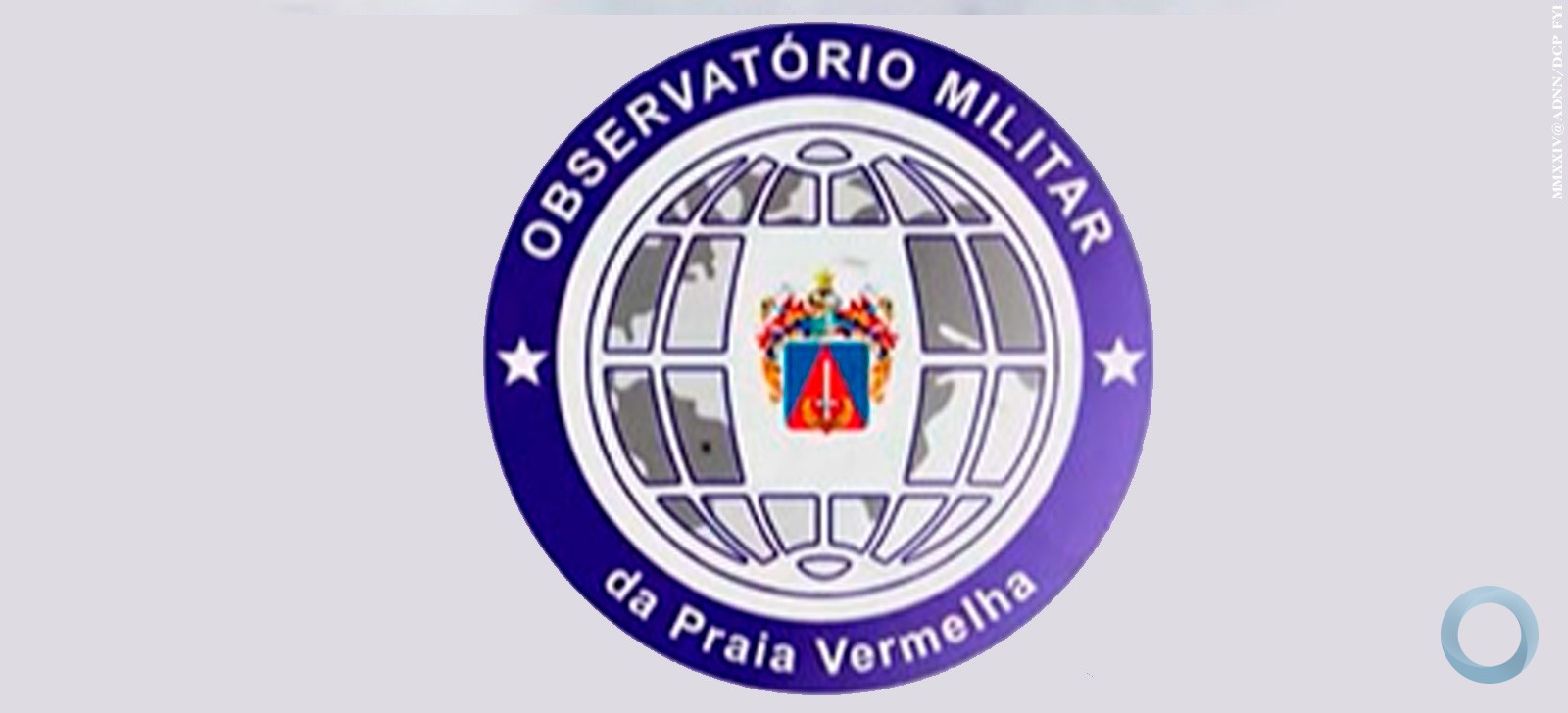Embraer SA wants to export the kind of surveillance technology that U.S. President Barack Obama used to watch the 2011 raid on Osama Bin Laden from 7,000 miles away. The first challenge may be to ensure that Brazil buys it.
As Brazil’s biggest defense-equipment maker bets on border security to boost military sales, it’s confronting the risk in that strategy: Brazil is implementing fiscal austerity measures to combat quickening inflation and a stagnant economy. The government’s cutbacks have left the future in doubt for the first phase of the anti-drug monitoring on Brazil’s frontier.
“The execution of the pilot program should be extended,” the Brazilian army said in an e-mailed response to questions. There is no forecast regarding future budgeting, which “provokes great difficulties in the planning and execution of the project.”
The widening scope of the austerity efforts is casting a cloud over military projects as aerospace suppliers gather this week in Rio de Janeiro for Brazil’s biggest annual defense show. For Embraer, the questions surround a company-owned group that’s working on an 839 million real ($271 million) effort to help stem the inflow of illegal drugs.
The program is an initial but important step for Sao Jose dos Campos-based Embraer as it develops border-security gear with an eye toward selling it outside Brazil. The trial phase covers 650 kilometers (404 miles) of almost 17,000 kilometers of boundaries and includes the use of radars, unmanned aerial vehicles and communications systems.
Vulnerable Exposure
Embraer’s “exposure to the Brazilian government on multiple fronts makes it vulnerable to the fiscal adjustment that has just begun,” a team of Banco Itau BBA analysts led by Renato Salomone wrote in a note last month.
Defense made up 23 percent of Embraer’s revenue in 2014, up from 17 percent in 2012, according to a regulatory filing. Itau’s analysts project defense sales will shrink by 30 percent in 2015 to $1 billion. Brazil is already in arrears for payments for Embraer’s development of the KC-390 military transport aircraft.
“Nobody in Brazil at this stage can say that we are comfortable with any receivables because, of course, the situation is public,” Embraer Chief Executive Officer Frederico Curado said on a March 5 call with analysts. “Having said that, the KC-390 is a priority program for Brazil. It’s part of the pack which is that selected group of projects which have the highest priority in the government.”
Embraer is getting paid in stages for the border program, said Marcus Tollendal, president of Savis Tecnologia e Sistemas SA, one of the companies in the Embraer group.
Drug Costs
Stopping the program would be expensive for Brazil, he said. The annual toll from drug trafficking is 57 billion reais, according to Embraer, citing data from the national research institute and the ministry of justice.
“The economic logic of a program that allows the government to know what’s going on and stanch the flow is positive,” Tollendal said.
Brazil is a “major transit route” for cocaine coming from Bolivia, Colombia and Peru, with most of it destined for the domestic market and Europe, according to the U.S. State Department. In 2013, Brazil’s federal police department seized 36,000 kilograms (79,000 pounds) and arrested more than 11,700 people on drug-related charges.
Implementation of the border program, began in 2013 in Mato Grosso do Sul state, one of the most porous by the drug trade. The Embraer group hopes to win the next round of the project in 2017, Tollendal said.
The governor of neighboring Parana committed 97 million reais to the program and asked the minister of defense on March 31 for the second phase of the program to be implemented along his state’s border.
“The annual cost of violence resulting from drug trafficking is more than 40 billion reais,” the army said in its e-mail. “If the border patrol program is effective in reducing 3 percent of the violence, that would be sufficient to justify annual investments of up to 1.2 billion reais in this project.”






















